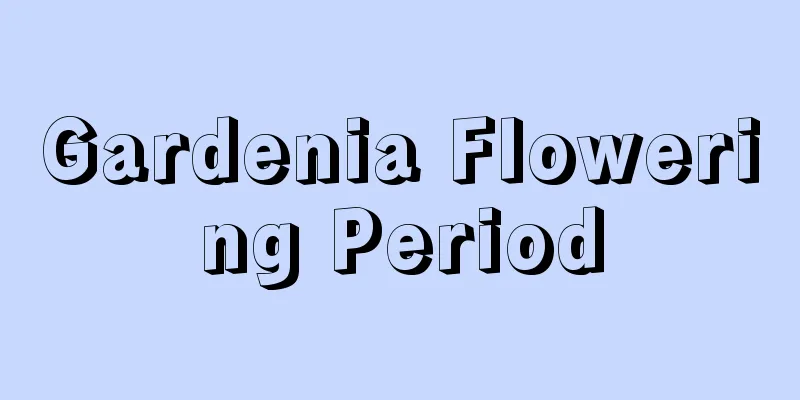Kumquat planting methods and precautions

|
Kumquat 's small plant shape also makes it a popular choice for potted ornamental plants , symbolizing the gathering of wealth. Especially during the Spring Festival, it is one of the common decorative potted plants. Kumquat is evergreen all year round, with a flowering period from March to September, with multiple blooms, and a fruiting period from October to December, with the fruit ripening just around the Spring Festival to early spring. Let’s learn about the kumquat planting methods and precautions below. 1. Choose the right flower pot and soil Kumquats prefer larger, more breathable pots, such as large clay pots or planting boxes, which should not be too deep. The soil should be loose, breathable, slightly acidic. You can use garden soil, peat soil and leaf mold mixed in a certain proportion, or mix garden soil with nutrient soil, and add fermented organic fertilizer as base fertilizer when potting. 2. Ensure adequate lighting Kumquat needs sufficient light, at least full sun or half sun. Insufficient light will result in reduced flowering or even no fruiting. 3. Reasonable fertilization and watering Kumquat can bloom continuously from spring to autumn and bear many fruits. Sufficient fertilizer and water can make the fruits bigger and sweeter. Solid fermented organic fertilizer should be applied twice a year to ground-grown kumquats, and fermented organic fertilizer should be applied once every two months to potted kumquats. In spring and autumn, bone meal fertilizer can be added to promote flowering and fruiting. When watering, wait until the soil surface becomes dry to a depth of 1 cm and then water thoroughly to avoid water accumulation to prevent flowers and fruits from falling. If the soil is too dry in summer, you can use the pot immersion method to replenish water. 4. Pruning and pest control Kumquat has a moderate growth rate and can be shaped and pruned after the fruits are harvested in spring. Pay attention to shortening the overgrown branches in summer. Kumquats are less susceptible to diseases and pests, but the environment needs to be kept ventilated. If ventilation is poor, it may be infected with spider mites and sooty mold. Red spider mites can be treated by washing with water or spraying with medicine. Kumquat prefers a warm and humid environment, so during the maintenance process, the environment must be kept warm and humid, while avoiding root rot caused by stagnant water. Adequate sunlight helps enhance photosynthesis and improve fruit quality. During the seedling stage, attention should be paid to shading in summer and protection from cold in winter. When the temperature is below 5℃, insulation measures should be taken.
|
>>: Planting methods and techniques of Chuanxiong
Recommend
What season is suitable for planting mimosa? What month is the best to sow mimosa seeds?
Mimosa prefers a warm and humid growing environme...
Asparagus's growing environment and local conditions
Asparagus Growing Environment and Conditions The ...
Can pineapple leaves be grown hydroponically?
1. Hydroponics Pineapple leaves can be grown hydr...
What are the cultivation methods and precautions of Swallow's Palm?
How to cultivate the bird's nest The Kusamara...
How to grow the Red Beauty Walnut succulent? How to grow the Red Beauty Walnut succulent
The Valerian succulent, also known as the small w...
What you have to know about office Feng Shui
color The Feng Shui plants for the office are arr...
What to do if you overwater Cineraria
The dangers of overwatering Cineraria Cineraria w...
Maintenance methods and precautions of small-leaf gardenia
How to care for small-leaf gardenia humidity Adeq...
How to choose durian, pictures of durian
1. How to choose 1. Look at the appearance: the d...
How to cultivate the bird's nest palm to make it more vigorous
Crassula growth conditions The Crane's palm l...
Hops Disease and Pest Control
Downy Mildew This disease basically occurs under ...
What soil is suitable for roses?
1. Acidic soil Roses are suitable for acidic soil...
What is Sphagnum Moss?
Introduction to Sphagnum Moss Sphagnum moss, also...
How to transplant wisteria
Environmental requirements for wisteria transplan...
Can magnolia fruit be eaten?
1. Can I eat it? There are many varieties of magn...









